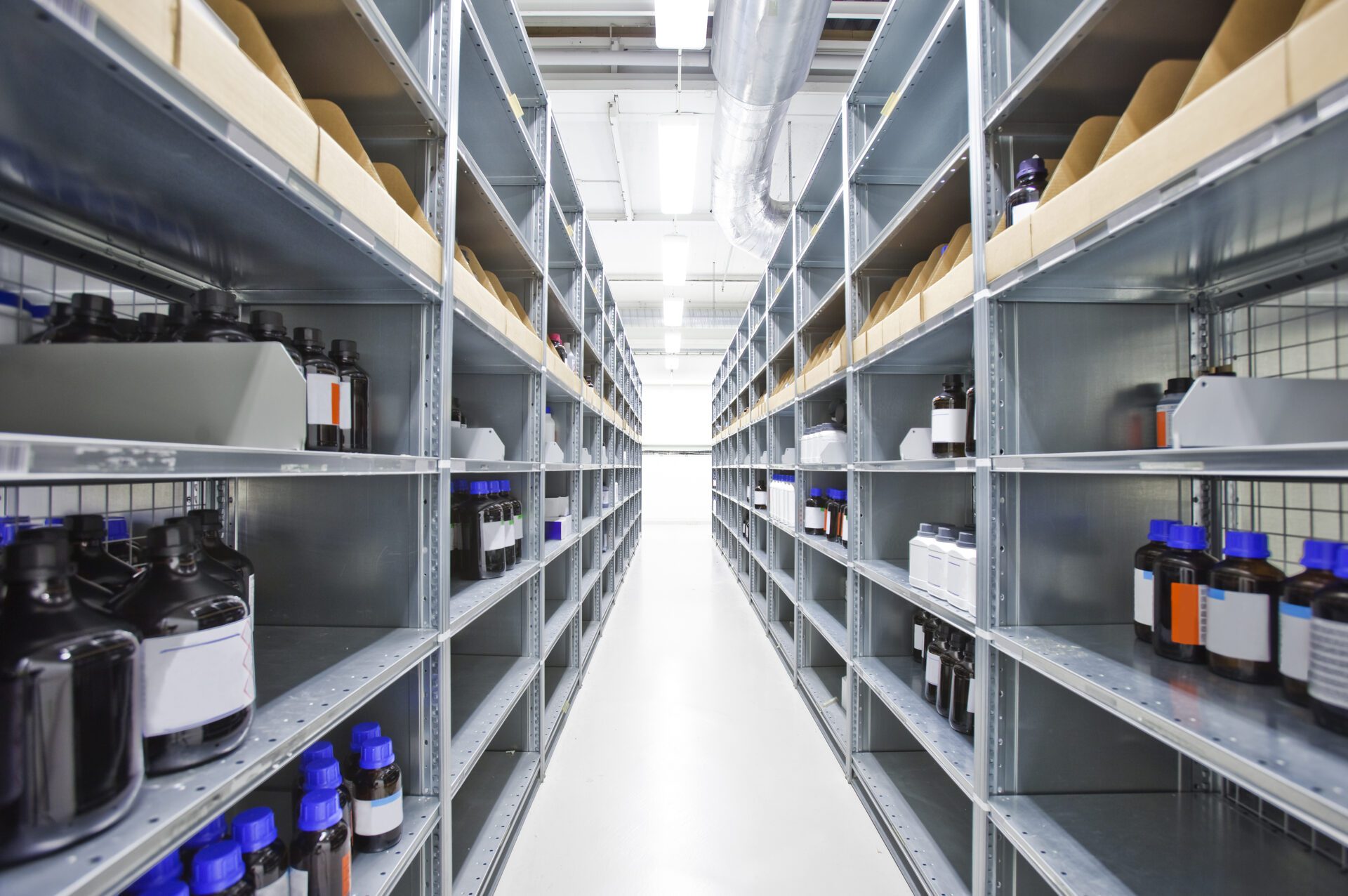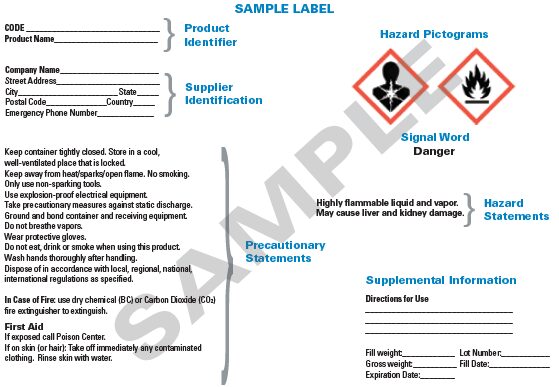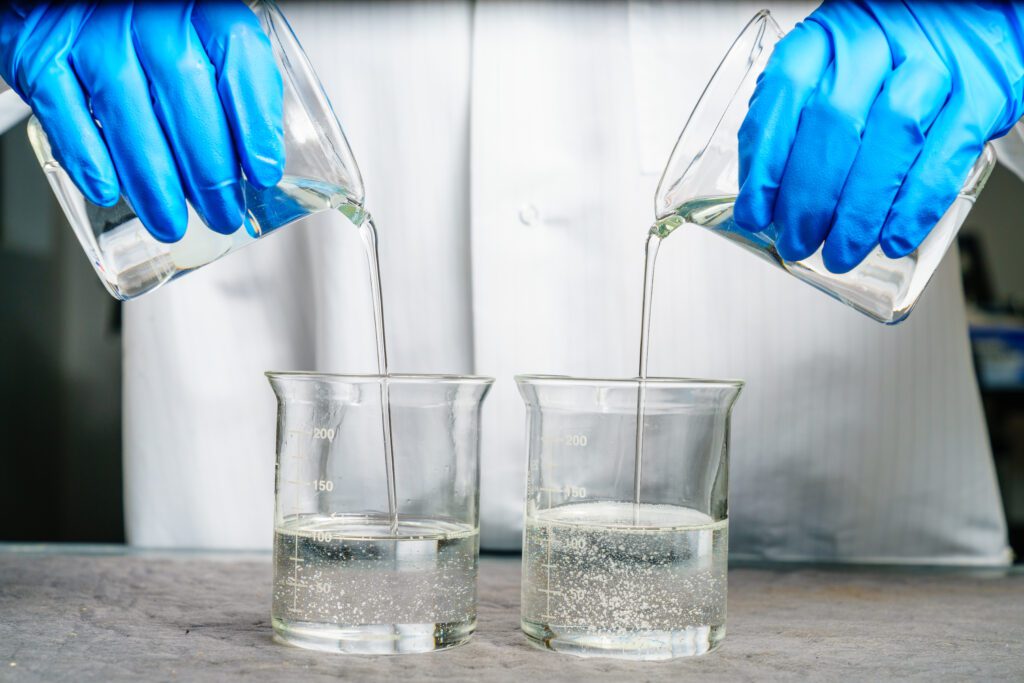
Effective management of hazardous chemicals is crucial for maintaining workplace safety. Unlabelled containers pose a significant risk of incidents and accidents, making it essential to label secondary containers properly. Regulatory bodies worldwide have recognized this importance and mandated secondary container labelling requirements to ensure worker awareness and safety. If you're wondering what information should be included on your container labels, read on to learn more!

The original container in which a chemical arrives from the supplier is considered the primary container. The primary container label for a hazardous chemical should be a GHS-compliant chemical label and contain all the information needed to create a subsequent secondary container label.
The GHS, or Globally Harmonized System of Classification and Labelling of Chemicals, makes it easier for everyone to understand the hazards related to chemicals nationally and internationally. Though hazardous chemical label requirements dictated by the GHS have been made very clear, creating labels is still a challenging task.
GHS-compliant labels for primary containers are required to have the following key elements:

When a chemical is transferred from its original container to another, the second storage device is referred to as a secondary container or a “workplace container”.
A secondary container is defined as any container holding a product which is not the original container supplied by the manufacturer. They are vital for both small and large scale use of chemicals, wherever chemicals are transferred from one vessel to another. In Australia, secondary labels are referred to as decanted labels, while in countries such as the US they are more commonly known as secondary labels.
Reduced labelling for secondary containers is permitted for hazardous chemicals. GHS-compliant secondary labels require the following elements:

Accidents can occur if containers are unlabelled, especially when containers are moving around a workplace, workers are changing shifts, or decanted materials are not used completely in a given task. Some examples of secondary containers include chemical transfer containers (such as a beaker or test tube in a lab), spray bottles, large stationary tanks, and smaller containers used to store chemicals that arrived in larger primary containers, or that are used to contain reaction components prior to use in a mixing or reaction process.
There are some exemptions applicable to secondary labels in limited cases. For example: if the container size is too impractical to house a label, if the chemicals are produced in a workplace but are not intended for sale and are intended for immediate use.
Immediate use is defined as “the hazardous chemical will be under the control of and used only by the person who transfers it from a labelled container and only within the work shift in which it is transferred.”
A decanted hazardous chemical can only be considered to be “used immediately” in situations where: it is not left unattended by the person who decanted it; it is used only by a person present at the decanting process; and the container is subsequently rendered free from any hazardous chemical immediately after use, leaving the container in the condition it would be in if it had never contained the chemical.
Labelling secondary containers for chemicals is often confusing because it generally doesn’t involve manufacturing or distributing hazardous chemicals, but rather using them in the workplace.
To create a secondary container label, you will need do the following:
Chemwatch provides comprehensive chemicals management solutions, including access to a library of over 120 million SDS, continual updates of these SDS as regulations change, and automated label templates for creating container labels on the fly.
In addition, our team consists of a range of experts spanning all chemical management fields, from heat mapping to Risk Assessment to chemical storage, eLearning and more. Contact us today to learn more.